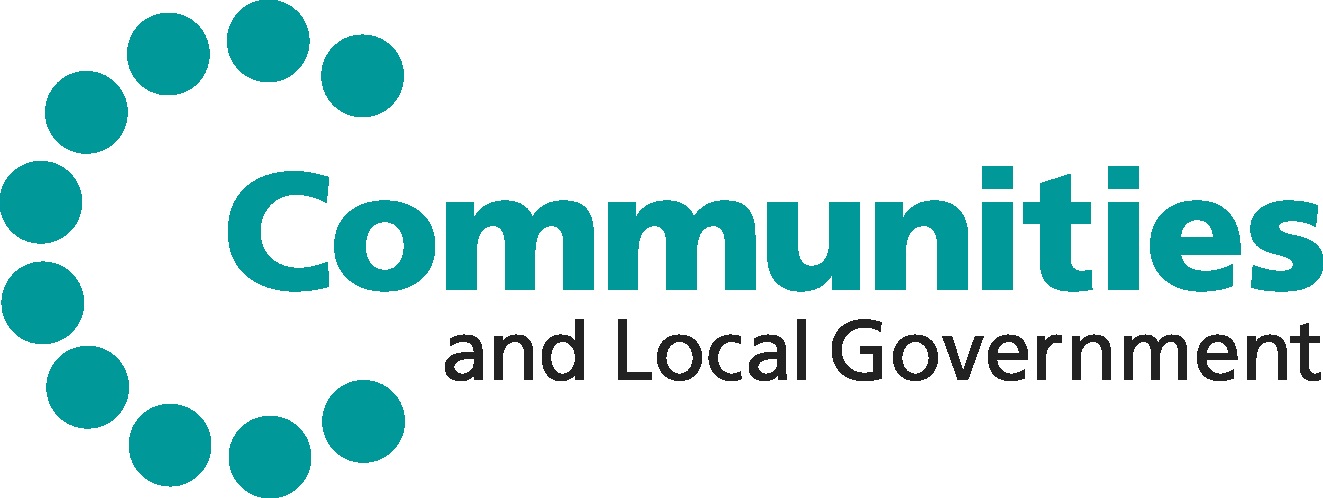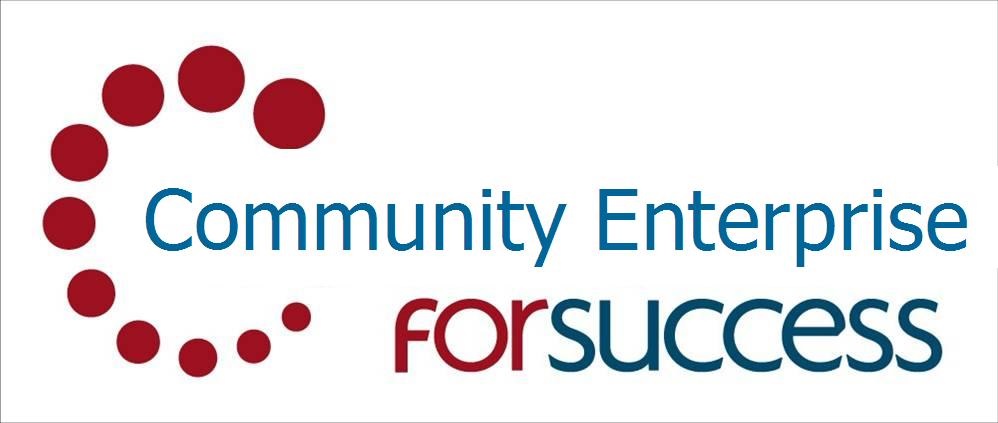Commercialisation
Alternative Delivery Models
Digital Self-Service
New Ways of Working – From Strategy to Delivery
Stepping Up to the Challenge – Delivering Better Outcomes
Target Operating Models
In the Public Sector, Local Authorities (LA’s) are continually having to adapt and transform their operations in order to meet the increasing demands of public service delivery – and particularly during periods of protracted austerity.
 In the late 2000’s, a ‘Public Service Reform’ briefing from the ‘Institute of Government’ highlighted the need for “better collaboration between local organisations which is becoming crucial to improving public services”, and this was amid calls for public service leaders to have more ‘frank’ discussions about the reality of joining up local services through peer and sector-led networks.
In the late 2000’s, a ‘Public Service Reform’ briefing from the ‘Institute of Government’ highlighted the need for “better collaboration between local organisations which is becoming crucial to improving public services”, and this was amid calls for public service leaders to have more ‘frank’ discussions about the reality of joining up local services through peer and sector-led networks.
In recent times local government has had to overcome an inordinate number of challenges to continue to deliver the public services they are responsible for. Budget cuts of approximately 40% have forced local authorities to rethink how services can be delivered in a more efficient, timelier and more cost effective manner.
Many LA’s have responded decisively but the job in hand is by no means finished. For others, it continues to be a “long and winding road”. Tough and complex pressures are set to remain as the current government sets out plans to cut spending by a further £65bn through until 2020.
What further transformation will local government have to undertake and how differently will their organisations be and how will they operate in 2020 and beyond?
Crunch Time
The reducing central government grants have resulted in local government spending being cut by as much as 40%.
This is ‘crunch time’ for many local authorities. For some, anything up to 60% of their budget can be swallowed up by between just 5% and 10% of the populace they serve. And you only need to have one guess as to what this is! Yes, it’s for adult and children’s social care – which also includes caring for those adults and children who are vulnerable or who have learning, physical or mental disabilities or mental health issues.
Even though there has been an increase in funding from central government to ease these social care financial pressures, the likelihood is that by 2021 this sector of society could absorb as much as 70% of some council’s budgets – and it probably won’t stop there!
 The consequence is that local authorities need to enhance their social innovation capabilities, build their Community Enterprise opportunities and increase their income through commercial means.
The consequence is that local authorities need to enhance their social innovation capabilities, build their Community Enterprise opportunities and increase their income through commercial means.
Commercial Attitude
It is well recognised that the legacy of several years of austerity and the chancellor’s promise that it will need to continue means that council leaders, CEOs and CFOs must think about short, medium and long-term strategies for generating their own income.
Fundamentally, it’s about a number of things:
- Generating a more commercial attitude and culture within the organisation,
- Increasing awareness of the need for staff to consider commercial opportunities,
- Assessing investment opportunities, particularly in physical assets,
- Developing new services / products / solutions that will generate profitable revenue,
- Working harder to see what Community Enterprises could be developed that will deliver realistic opportunities and benefits both to and within the community.
Cross service functionality is really hard to achieve in the public sector – cost, resources, skills, ability, know how, timescales. All need to be recognised and understood – whilst seeing how this could be implemented successfully and deliver positive results as well as benefits.
To that end it’s about councils involving and engaging with citizens throughout the community they serve – understanding what their citizens want and more importantly, what they don’t want!
‘End to End’ Customer Journey
It’s all about the ‘End to End’ Customer Journey – which has to start with understanding what services citizens actually want to receive from their council.. how they want to interact with their council, in what format (through social media perhaps), and on what platforms or devices. How can much of this be better automated?
Local Authorities are facing continuing pressures – further cuts in funding, rising demand for services and economic growth challenges – let alone the skills they will need to develop the opportunities that present themselves.
Chief Executives, Corporate Directors and Heads of Service are faced with the overriding question… “How can we maintain front-line services, let alone look at introducing additional services, whilst also having to manage reducing budgets?”
- How can Local Authorities transform themselves to respond to the pressures they face?
- What will councils of the future look like?
- How can local government encourage growth in a climate of austerity?
- How can they develop additional streams of income that will help them to not just maintain their existing front-line services, but also continue to develop ‘added value’ services?
Councils need to embrace the opportunities that digital, data and decentralisation offer in order to help redefine their role and purpose, and these just highlight the big challenges and big opportunities that confront local government and will continue to do so over subsequent years.
One of the biggest tasks for councils to undertake is their need to move more and more to a digital ‘self-service‘ environment.
As many councils seek to deliver greater efficiencies and generate additional sources of revenue, they need to:
- Engage more with their customers (the citizens they serve),
- Think strategically,
- Change from being a ‘silo’ based organisation,
- Communicate more effectively,
- Integrate their services and solutions,
- Reduce their costs,
- Eradicate duplicated tasks and strip out excessive waste,
- Develop ‘Alternative Delivery Models’,
- Commercialise more of their activities, and
- Assess the viability of traded companies to deliver certain services.
 For many LA’s this is about taking those decisive and strategic decisions that will help to facilitate greater integration and better communication across their organisation.
For many LA’s this is about taking those decisive and strategic decisions that will help to facilitate greater integration and better communication across their organisation.
And when you’re talking about ‘Business Transformation’ and ‘Change Management’, together with how the ‘Culture’ of your organisation will possibly change, then you’re into a very different ‘ball game’!
It’s all about introducing ‘New Ways of Working’ which brings new risks and requires new skills and collaborative relationships. The ultimate challenge is to turn new strategies into new ways of working for staff, the public and partners that will ultimately make a real impact on realistic and achievable outcomes.
Learn more about Commercialisation in the Public Sector…
Alternative Delivery Models
Digital Self-Service
New Ways of Working – From Strategy to Delivery
Stepping Up to the Challenge – Delivering Better Outcomes
Target Operating Models

